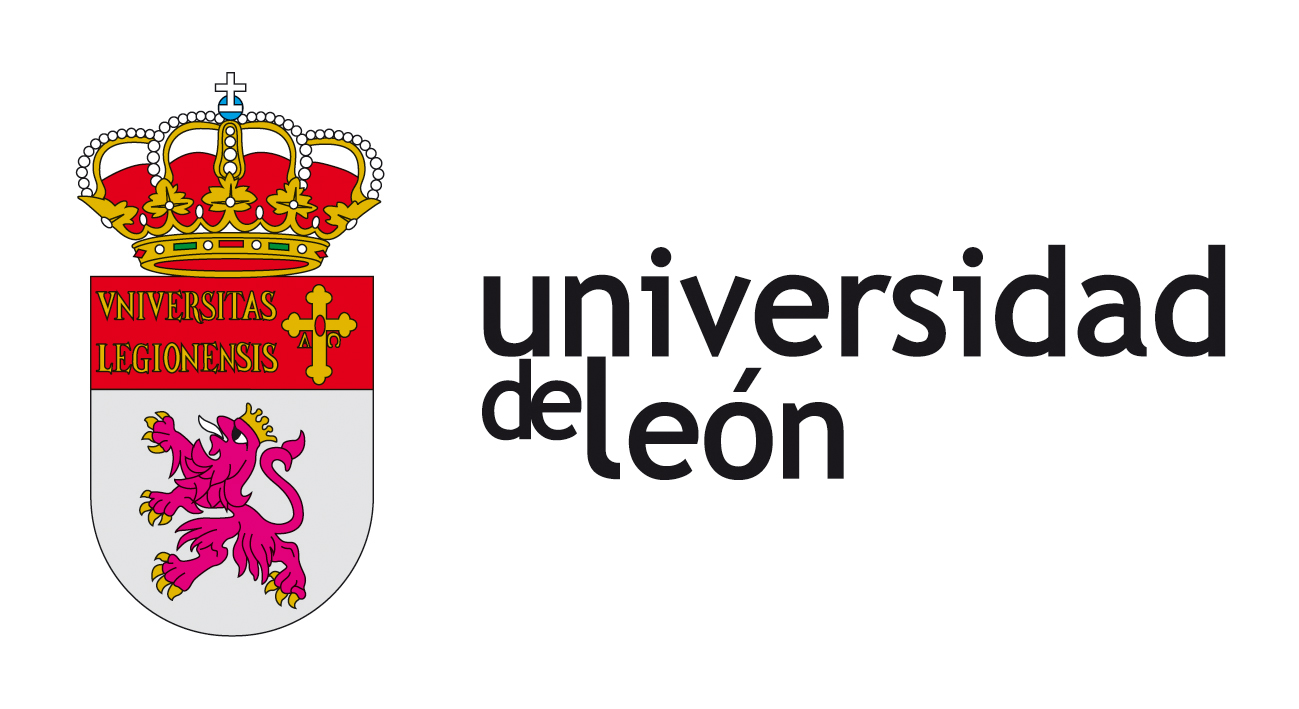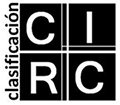Mapping the monstrous: women’s horrific bodies in French extreme film = Cartografiando lo monstruoso: los terroríficos cuerpos de las mujeres en el nuevo extremismo francés
DOI:
https://doi.org/10.18002/ehf.v0i43.7039Schlagworte:
women in horror, abject, extreme cinema = mujeres en el horror, abyecto, cine extremoOrganisationen:
n/aAbstract
New French extreme cinema combines existentialism with shock, hyper violence, and transgressions of women’s bodies. I contend such imagery is best understood as a representation of violence that enables enlightenment in and through the representation of women’s monstrosity and abjection. I examine this phenomenon through four films from New French Extremism’s inaugural cycle.
El Nuevo Extremismo Francés combina el existencialismo con el shock, la hiperviolencia y las transgresiones de los cuerpos de las mujeres. En este artículo argumento que dicho imaginario se entiende mejor como una representación de la violencia que permite acceder al conocimiento mediante la representación de la monstruosidad y el abyecto de la mujer. Examino este fenómeno a través de cuatro películas de la primera ola de dicho movimiento.
Downloads
Métricas alternativas
Literaturhinweise
Araújo, S. (2001): “The Gothic-Grotesque of Haunted: Joyce Carol Oates’s Tales of
Abjection”, in K. Kutzbach and M. Mueller (eds.) The Abject of Desire: The Aestheticization of the Unaesthetic in Contemporary Literature and Culture, Amsterdam and New York, Rodopi: 99-106
Bjarucha, N. (2007): “The Bhibhitsa Rasa in Anglophone Indiana Cultural Discourse:
The Repugnant and Distasteful at the Level of Gender, Race, and Caste”, in K. Kutzbach and M. Mueller (eds.) The Abject of Desire: The Aestheticization of the Unaesthetic in Contemporary Literature and Culture, Amsterdam and New York, Rodopi: 69-88
Berressem, H. (2007): “On the Matter of Abjection”, in K. Kutzbach and M. Mueller
(eds.) The Abject of Desire: The Aestheticization of the Unaesthetic in Contemporary Literature and Culture, Amsterdam and New York, Rodopi: 19-49/
Beugnet, M. (2011): “The Wounded Screen”, in T. Horeck and T. Kendall (eds). The New
Extremism in Cinema: From France to Europe, Edinburgh, Edinburgh University Press: 29-42.
Beugnet, M. and Ezra E. (2010): “Traces of the Modern: An Alternative History of
French Cinema”, Studies in French Cinema. 10: 1, 11-38. DOI: 10.1386/sfc.10.1.11/1
Birks, C. (2015): “Body Problems: New extremism, Descartes and Jean-Luc Nancy”, New
Review of Film and Television Studies. 13:2131-148. DOI:10.1080/17400309.2015.1009355.
Crampton, T. (2005 November 7): “Behind the Furor, the Last Moments of Two
Youths”, The New York Times, https://www.nytimes.com/2005/11/07/world/europe/behind-the-furor-the-last-moments-of-two-youths.html.
Christians, C. (2005): “Ethics and Politics in Qualitative Research”, in N. K. Denzin and
Y. S. Lincoln(eds.) Handbook of Qualitative Research Third Edition, Thousand Oaks, Sage: 139-164.
Creed, B. (1999): “Horror and the Monstrous-Feminine: An Imaginary Abjection”, in S.
Thornham (ed.) Feminist Film Theory: A Reader, New York, New York University Press: 251-266.
Dickson, L. (2004): “Hook and Eye: Violence and the Captive Gaze”, Camera Obscura.
:19.2, 74-103.
Gross, E. (1990): “The Body of Signification”, In J. Fletcher and A. Benjamin (eds.)
Abjection, Melancholia, and Love: The Work of Julia Kristeva, London and New York, Routledge: 80-103.
Horeck, T. and Kendall, T. (2011): “Introduction”, in T. Horeck and T. Kendall (eds). The
New Extremism in Cinema: From France to Europe, Edinburgh, Edinburgh University Press: 1-17.
Inside/À l'intérieur. Directed by Alexandre Bustillo and Julien Maury, La Fabrique de
Films, 2007.
Kant, I. (2001): Critique of the Power of Judgment, P. Geyer and E. Matthews (trans.),
Cambridge, UK: Cambridge University Press.
Kristeva, J. (1982): Powers of Horror: An Essay on Abjection, L. S. Roudiez (trans.), New
York: Columbia University Press.
Kutzback, K. and Mueller, M. (2007): “Introduction.” in K. Kutzbach and M. Mueller
(eds.) The Abject of Desire: The Aestheticization of the Unaesthetic in Contemporary Literature and Culture, Amsterdam and New York, Rodopi: 7-18.
Martyrs. Directed by Pascal Laugier, Wild Bunch Distribution, 2008.
McGillvray, M. (2019): “‘It’ So Easy to Create a Victim’: Subverting Gender Stereotypes
in the New French Extremity,” in S. Holland, R. Shail, and S. Gerrard (eds). Gender and Contemporary Horror in Film, Bingley, United Kingdom: Emerald Publishing: 7-22.
McGowan, T. (2003): “Looking for the Gaze: Lacanian Film Theory and Its
Vicissitudes”, Cinema Journal. 42: 3, 27-47.
Palmer, P. (2007): “Queer Transformations: Renogotiating the Abjects in Contemporary
Anglo-American Lesbian Fiction”, in K. Kutzbach and M. Mueller (eds.) The Abject of Desire: The Aestheticization of the Unaesthetic in Contemporary Literature and Culture, Amsterdam and New York, Rodopi: 49-68.
Palmer, T. (2006): “Style and Sensation in the Contemporary French Cinema of the
Body”, Journal of Film and Video. 58: 3, 22-32.
Palmer, T. (2011): Brutal Intimacy: Analyzing Contemporary French Cinema, Connecticut:
Wesleyan University Press.
Shimakawa, K. (2002): National Abjection: The Asian American Body Onstage, Durham and
London: Duke University Press.
Seltzer, M. (1997)” “Wound Culture: Trauma in the Public Sphere”, October 80. 3-26.
Quandt, J. (February 2004): “Flesh & Blood: Sex and Violence in Recent French
Cinema”, Artforum
https://www.artforum.com/print/200402/flesh-blood-sex-and-violence-in-recent-french-cinema-6199.
West, A. (2016): Films of the New French Extremity. North Carolina: McFarland &
Company.
Downloads
Veröffentlicht
Zitationsvorschlag
Ausgabe
Rubrik
Lizenz
Copyright (c) 2021 Alicia Kozma

Dieses Werk steht unter der Lizenz Creative Commons Namensnennung - Nicht-kommerziell - Weitergabe unter gleichen Bedingungen 4.0 International.
Los autores o autoras que publican en esta revista están de acuerdo con los siguientes términos:
- Los autores o autoras conservan los derechos de autoría de su trabajo y ceden de forma no exclusiva los derechos de explotación (reproducción, distribución, comunicación pública, transformación) a la Universidad de León, por lo que pueden establecer, por separado, acuerdos adicionales para la distribución no exclusiva de la versión de la obra publicada en la revista (por ejemplo, alojarlo en un repositorio institucional o publicarlo en un libro), con un reconocimiento de su publicación inicial en esta revista.
- Este trabajo se encuentra bajo la Creative Commons Attribution-NonCommercial-ShareAlike 4.0 International License. Puede consultarse desde aquí la versión informativa y el texto legal de la licencia.
- Se permite y se anima a los autores y autoras a difundir electrónicamente las versiones pre-print (versión antes de ser evaluada) y/o post-print (versión evaluada y aceptada para su publicación) de sus obras antes de su publicación, ya que favorece su circulación y difusión más temprana y con ello un posible aumento en su citación y alcance entre la comunidad académica.











